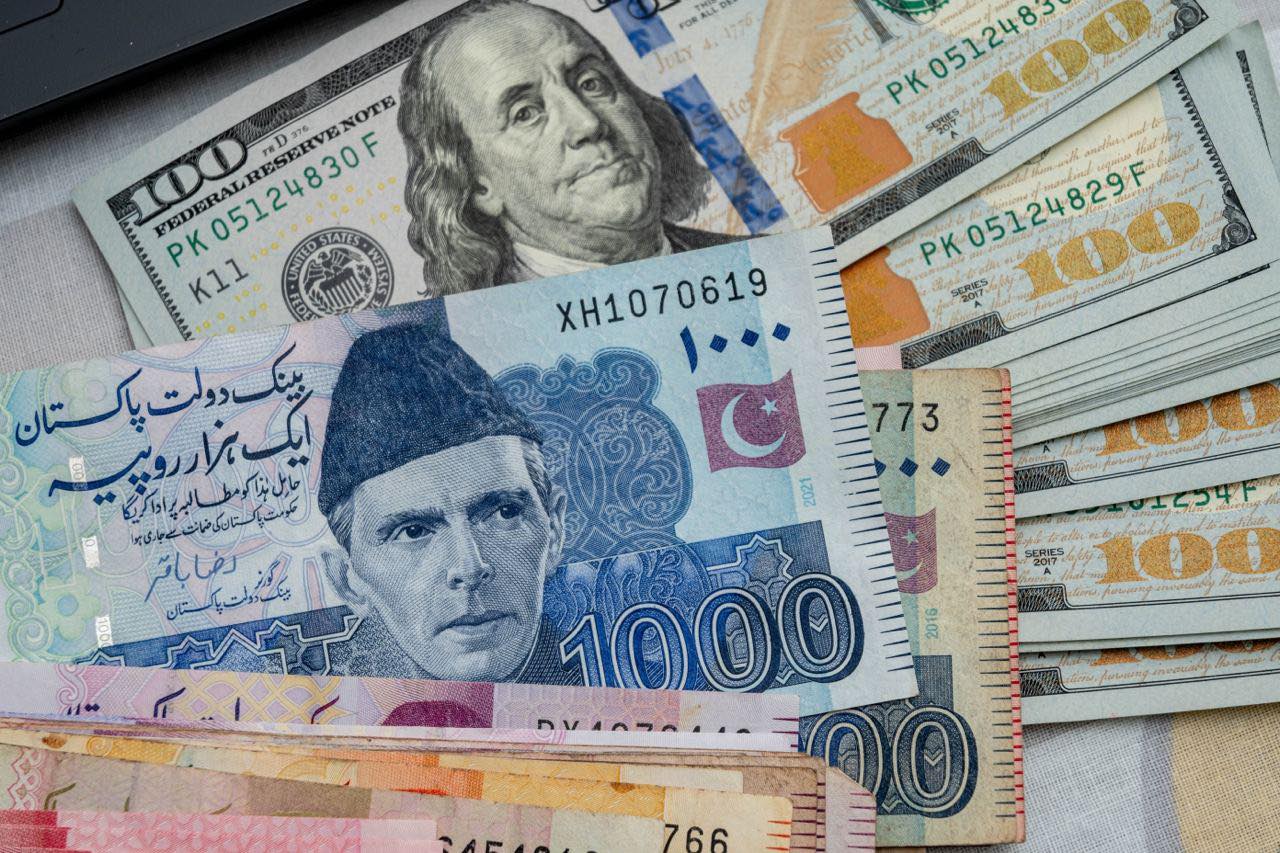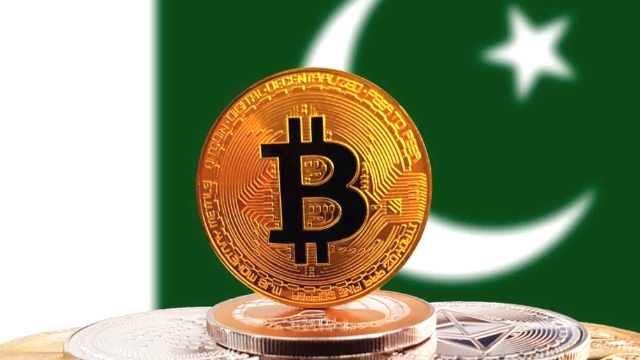PTBP Web Desk
The Rupee exhibited marginal stability against the US dollar during the opening hours of trading in the inter-bank market on Wednesday.
By 10:10 AM, the currency appreciated slightly by 0.01%, trading at 277.83 compared to the previous day’s close of 277.84, according to the State Bank of Pakistan (SBP).
On Tuesday, the rupee concluded its trading session at 277.84, maintaining a consistent trajectory despite market pressures. This minor appreciation reflects a steadying phase for the currency, which has been volatile in recent months due to varying economic factors and fiscal adjustments within Pakistan.
Globally, the US dollar showed stability against major currencies on Wednesday as investors assessed the potential economic implications of tariff policies proposed by US President-elect Donald Trump. Attention also turned to upcoming US inflation data, a crucial metric for evaluating the dollar’s performance.
Trump’s recent pledges to impose substantial tariffs on Canada, Mexico, and China—the United States’ largest trading partners—have created unease in financial markets. While the immediate market reaction was significant, it moderated as trading progressed later in the day.
The US dollar was stable against the Canadian dollar, trading at C$1.4052, a slight decrease from Tuesday’s peak of C$1.4178, the highest in 4.5 years.
Against the Mexican peso, the dollar remained below its recent peak but continued to exhibit strength after hitting its highest level since July 2022 earlier this week.
The US dollar index, which measures the greenback against a basket of six major currencies, saw a minor decline of 0.07%, settling at 106.83. This slight dip followed turbulence in recent sessions, influenced by Trump’s appointment of hedge fund manager Scott Bessent as US Treasury Secretary and subsequent tariff-related announcements. These developments have added layers of complexity to the dollar’s trajectory, causing both declines and rebounds in trading sessions.
Oil prices, a significant determinant of currency parity, steadied on Wednesday. Markets are currently evaluating the potential effects of a ceasefire agreement between Israel and Hezbollah, as well as anticipating the outcome of Sunday’s OPEC+ meeting.
Brent crude futures rose by 5 cents, trading at $72.86 per barrel as of 0415 GMT.
US West Texas Intermediate (WTI) crude futures increased by 3 cents to $68.80 per barrel.
Both benchmarks had settled lower on Tuesday following Israel’s agreement to a ceasefire with Lebanon’s Hezbollah. The stabilization in oil prices has indirectly supported global currencies, including the Pakistani rupee, by reducing immediate market volatility.
The slight stability of the rupee against the dollar provides a temporary respite for Pakistan’s economy, which has been grappling with challenges such as high inflation, fiscal deficits, and external debt obligations. The global currency market’s relatively calm response to recent geopolitical events and economic announcements offers a window of stability for emerging market currencies like the rupee.
While the rupee’s minor appreciation is a positive sign, economic analysts caution against complacency. External factors, including international oil prices and US monetary policy, will continue to play a pivotal role in shaping the rupee’s trajectory. Additionally, local economic reforms and fiscal discipline will be critical for maintaining this stability in the long term.



